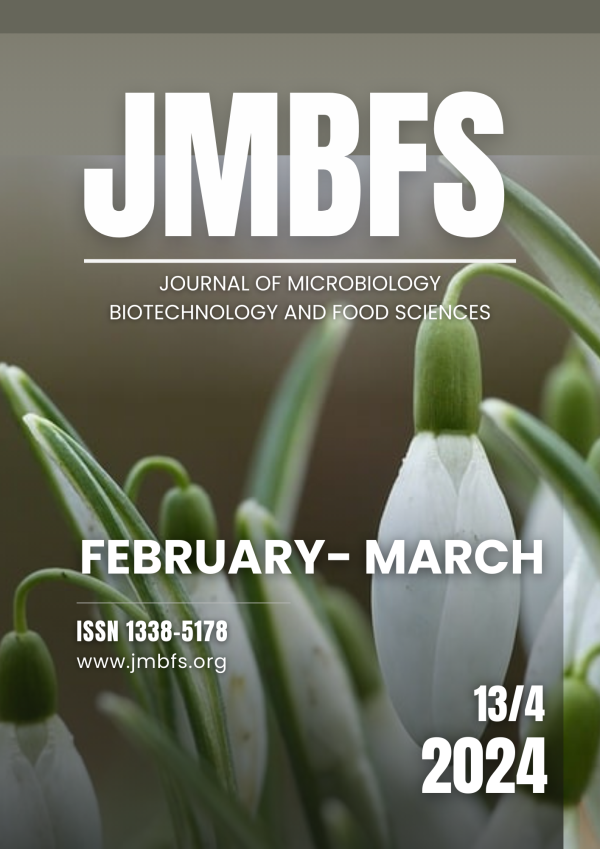METHODS OF GENETIC TRANSFORMATION: MAJOR EMPHASIS TO CROP PLANTS
DOI:
https://doi.org/10.55251/jmbfs.10276Keywords:
Direct and In-direct gene transfer methods, Electrofusion, Agrobacterium mediate transformation, TransgenicsAbstract
Advancements in gene transfer technology have indeed opened up exciting possibilities for more effectively manipulating the genetic makeup of live organisms, ranging from microorganisms to plants and animals. Direct and indirect transformations are the two basic types of gene transfer techniques. Indirect method comprises Agrobacterium mediated method as it involves intermediate host between gene of interest and target and this method is most opted one out of all present. Direct gene transformation methods, on the other hand, do not involve the use of an intermediate host organism. Instead, they rely on physical means to transfer genes between cells. Biolistic transformation uses high-velocity particles to deliver DNA into target cells, while microinjection and macroinjection involve the direct injection of DNA into cells. Protoplast fusion combines the genetic material of two different cells by fusing their protoplasts. Natural methods for gene transfer encompass mechanisms that occur naturally in various organism, includes transposition, conjugation, phage and retroviral transductions and bacterial transformation. Chemical techniques utilize chemical agents to facilitate gene transfer, such as calcium phosphate-mediated transformation, polyethylene glycol (PEG)-mediated transformation, DEAE (Diethylethanolamine)-Dextran-mediated transformation. Genes can be also being transferred using electrical techniques such as electroporation and electrofusion.
Crop improvement and trait improvement are now being hastened by the fast-rising number of sequenced plant genomes, information from functional genomics data to understand gene function, innovative gene cloning, and tissue culture techniques. Despite being indispensable, its progress is still hindered by the fact that many plant species and agricultural genotypes exhibit low transformability or are resistant to established tissue culture and regeneration conditions. Here, we review the techniques employed in plant transformation and provide a concise overview of their evolution in agricultural crops, from their first inception to present time.
Downloads
Downloads
Published
How to Cite
Issue
Section
License
Copyright (c) 2023 Shruti, AYUSHI TRIPATHI, SUSMITA SHUKLA

This work is licensed under a Creative Commons Attribution 4.0 International License.
All papers published in the Journal of Microbiology, Biotechnology and Food Sciences are published under a CC-BY licence (CC-BY 4.0). Published materials can be shared (copy and redistribute the material in any medium or format) and adapted (remix, transform, and build upon the material for any purpose, even commercially) with specifying the author(s).





